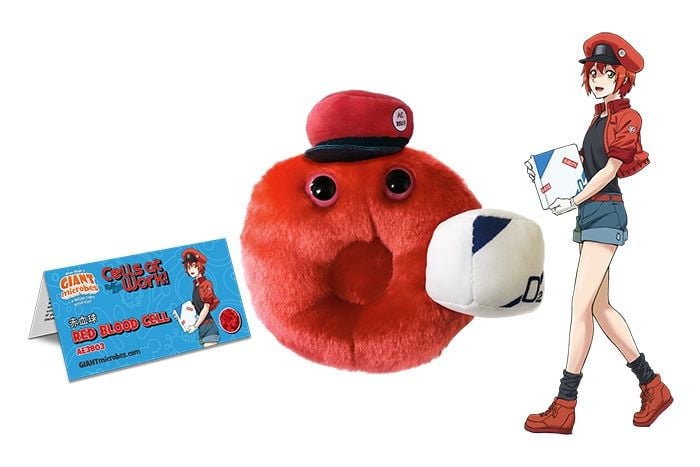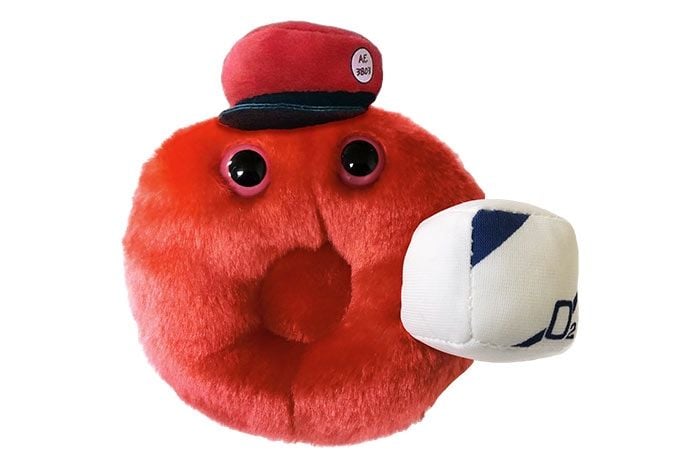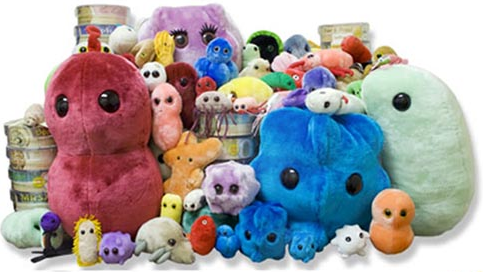Cells at Work! Red Blood Cell
Out of Stock
Since AE3803 is still a rookie, she gets lost often and ends up finding trouble frequently. However, she displays the determination of a hardworking cell and always manages to overcome difficult situations.
Watch the Cells at Work! anime trailer here: Cells at Work!
Copyright © Giantmicrobes, Inc.
©Akane Shimizu / KODANSHA, Aniplex, davidproduction
Product Details
Additional Information
| Sizes | Giantmicrobes are based on actual microbes, cells, organisms and other critters, only 1,000,000 times actual size! Gigantic (GG) 40-60cm XL (XL) 25-38cm Original (PD) 12-20cm Keychain (KC) 5-10cm with clip |
|---|---|
| Materials | Plush from all new materials. Stuffed with polyester fiber fill. Surface washable: sponge with water & soap, air dry. |
| Packaging | Each plush microbe includes a printed card with fun, educational and fascinating facts about the actual microbe or cell. |
| Safety | Every product meets or exceeds U.S. and European standards for safety. For ages 3 and up. |
All about Cells at Work! Red Blood Cell
FACTS: Red blood cells, or erythrocytes, contain the hemoglobin that carries oxygen and carbon dioxide around the body. (Erythro means red in Greek, and cyte translates to cell). Hemoglobin gives red blood cells their characteristic color. When it is oxygen-rich, it appears reddish; when oxygen-poor, it is darker and bluish.
Although erythrocytes are flexible (which permits them to squeeze through capillaries), they typically have a distinctive biconcave shape that helps maximize surface area to facilitate the exchange of gases.
Red blood cells are produced in bone marrow. It takes about a week to make one, and they last for about 3 to 4 months. When time's up, the liver or spleen deliver the coup de grâce. (If red blood cell counts get too low - from injury, illness, or dietary problems such as iron deficiency or lead ingestion - anemia can occur, with symptoms such as pale skin, fatigue, and accelerated heart rate.)A normal person can have more than 10,000,000,000,000 erythrocytes in their body! So don't fret if a few escape. And think about giving some away too. Donated blood can only be stored for six weeks and is constantly required to save the lives of accident victims and surgical patients, and to help manage chronic diseases. If you're healthy, you've got lots to spare. So have a heart - it's a bloody good idea!









